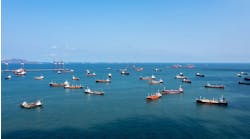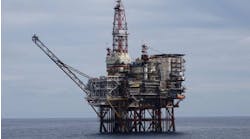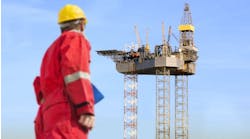Offshore staff
LONDON -- Access to funding for oil and gas projects is slowly easing, according to David Phillips, an equity analyst with HSBC.
Phillips, speaking at last week’s Subsea Europe conference in London, said global project finance across all sectors of the industry is down 50% in the first half of this year on the corresponding period in 2008. Oil and gas was the worst hit – down 78% in this period – with the sector raising less in funds than renewable energy.
So far this year, he added, the oilfield services sector had raised $22 billion in funds, and marine services groups around $19 billion. As for operators, the situation should gradually improve over the next couple of years, he predicted, more so for the majors than independents, which may continue to struggle to secure financial support.
One exception was Petrobras, which Phillips claimed had raised $38 billion from the markets this year on the back of a string of giant discoveries off Brazil.
In terms of new oil and gas project activity, Phillips felt there would be a recovery next year, but was cautious about the timing. “The major operators are telling us there is a desire to increase spending, so the indications are of capex growth in 2010.
“Lower cost volatility will also help. But the knock-on effect of the [markets turmoil] of the last 20 months has been 10-20% less spending. The gas market remains weak, and any further downward pressure on oil prices could have a negative impact on spending in the next few months.”
Phillips said that analysts viewed the recent financial results of the major subsea contractors in a positive light, “although we still have concerns over the impact of project delays in 2010.
“The good news is that bidding activity is up – Brazil in particular is strong – and new technologies are emerging such as subsea processing which we think can drive the subsea future. We also foresee more technology `land grabs’, through big companies acquiring small contractors.”
In terms of emerging markets, Phillips expects growth in the Brazilian offshore supply industry – “we see the label `fabricado em Brazil’ becoming more common…we are also hearing concerns from established subsea contractors about possible competition from the Asia-Pacific region. What happens, for instance, when COSL and COEEC break out from China into other markets such as West Africa?”
“Looking ahead,” Phillips added, “we see an increased chance of operators clamouring for equipment, as they did in the previous cycle, from end-2011 onwards. We feel more concerned about the situation in 2010, a little more relaxed about 2011-12.”
11/230/2009


